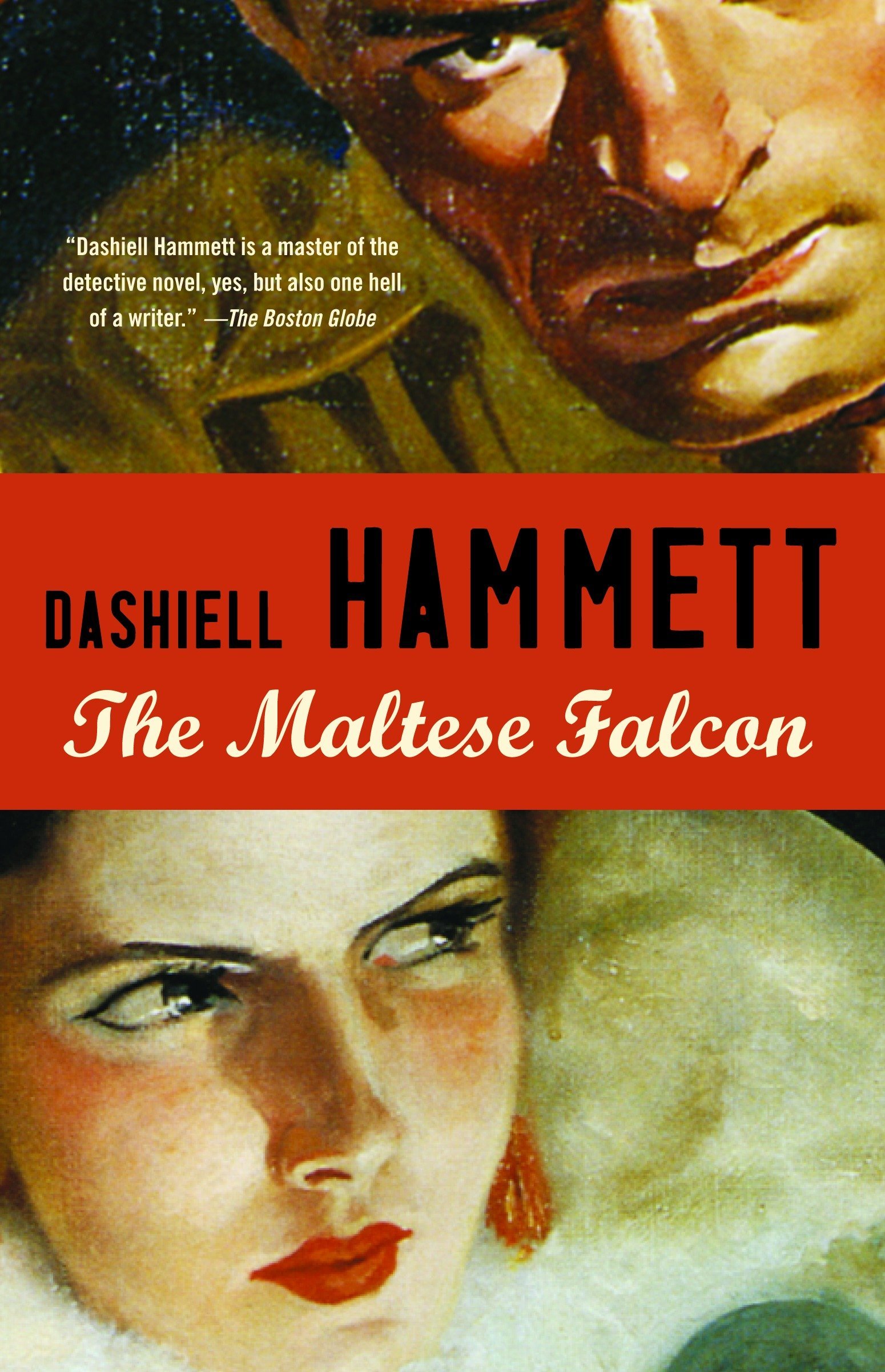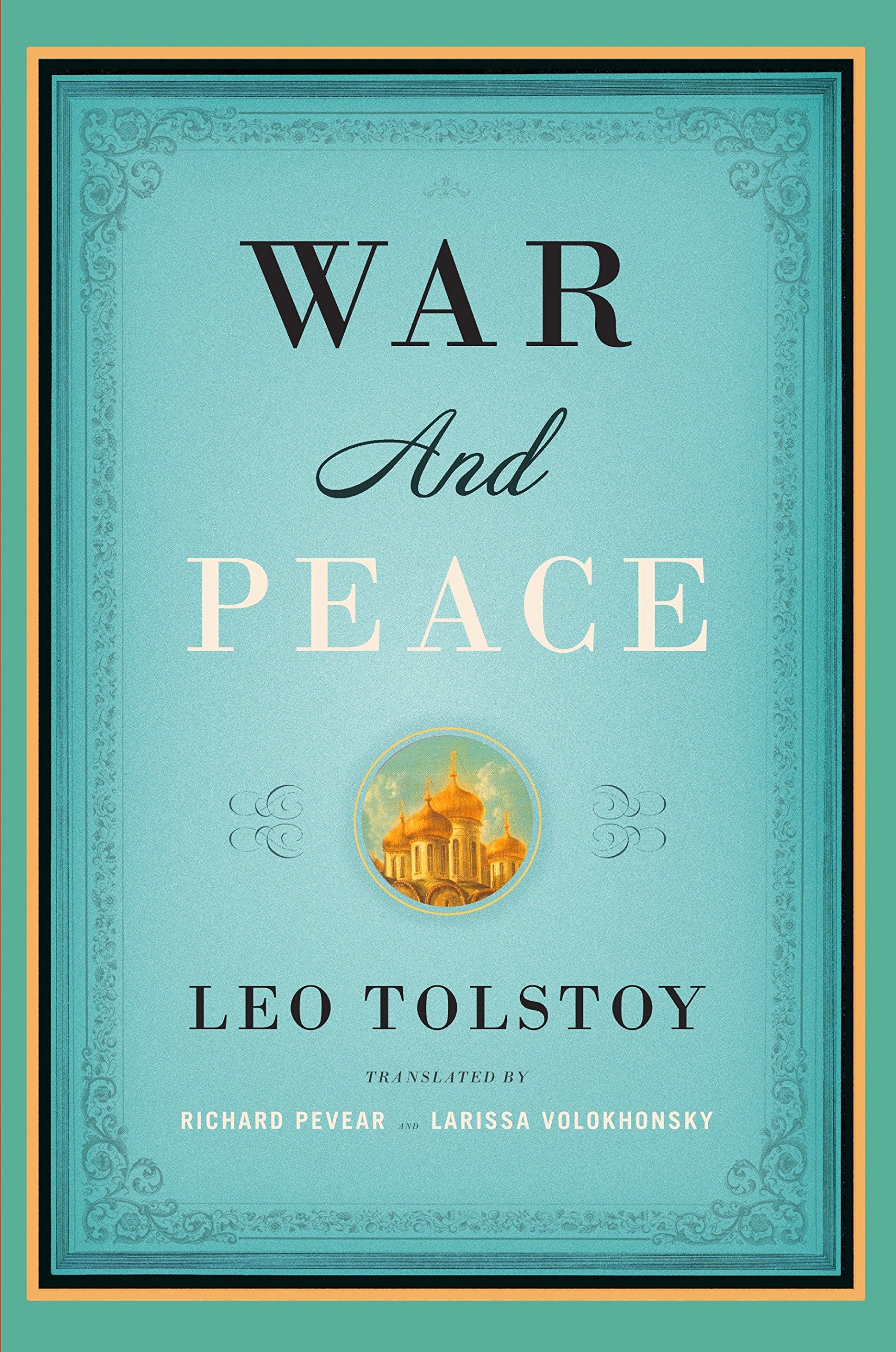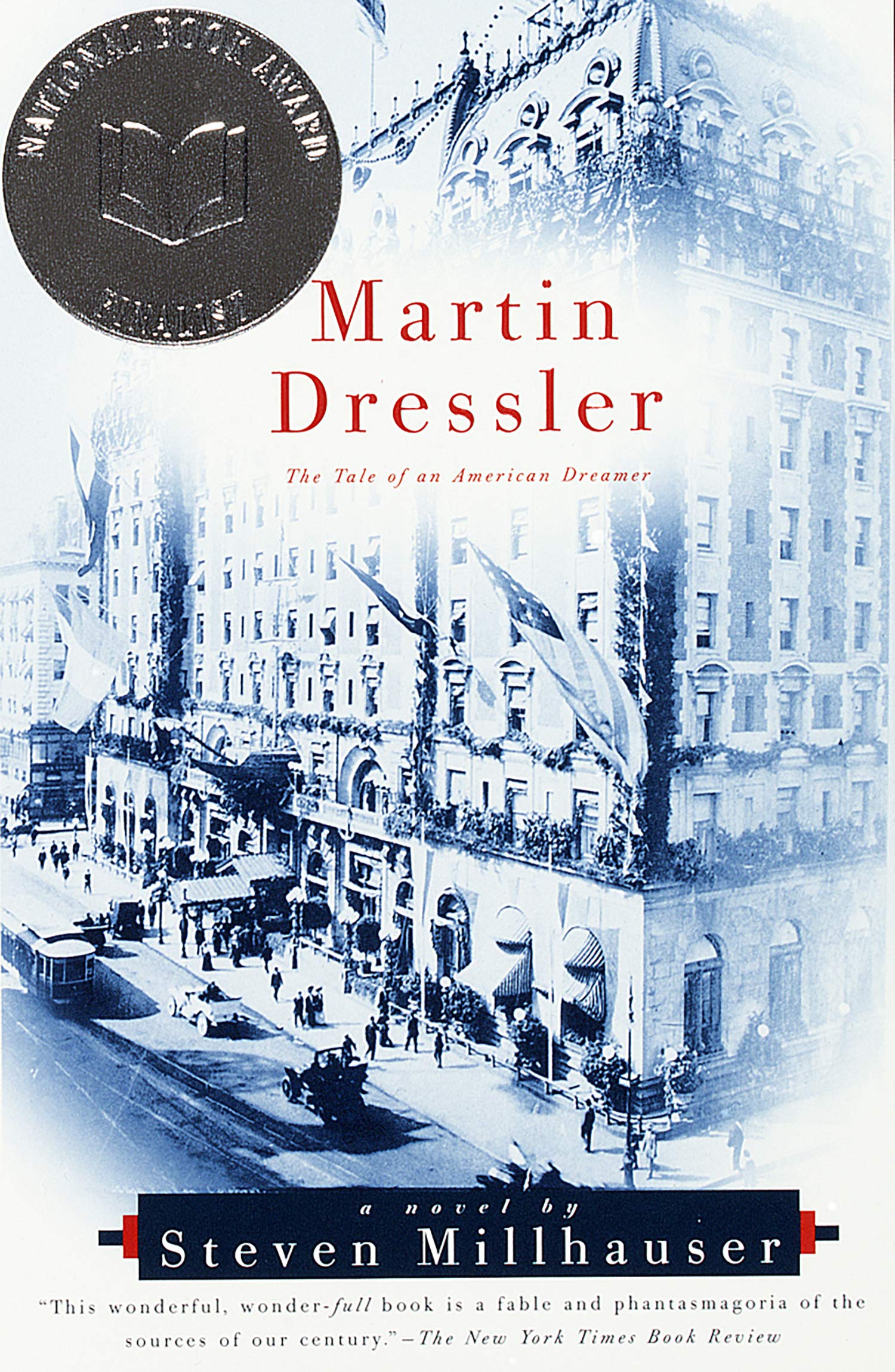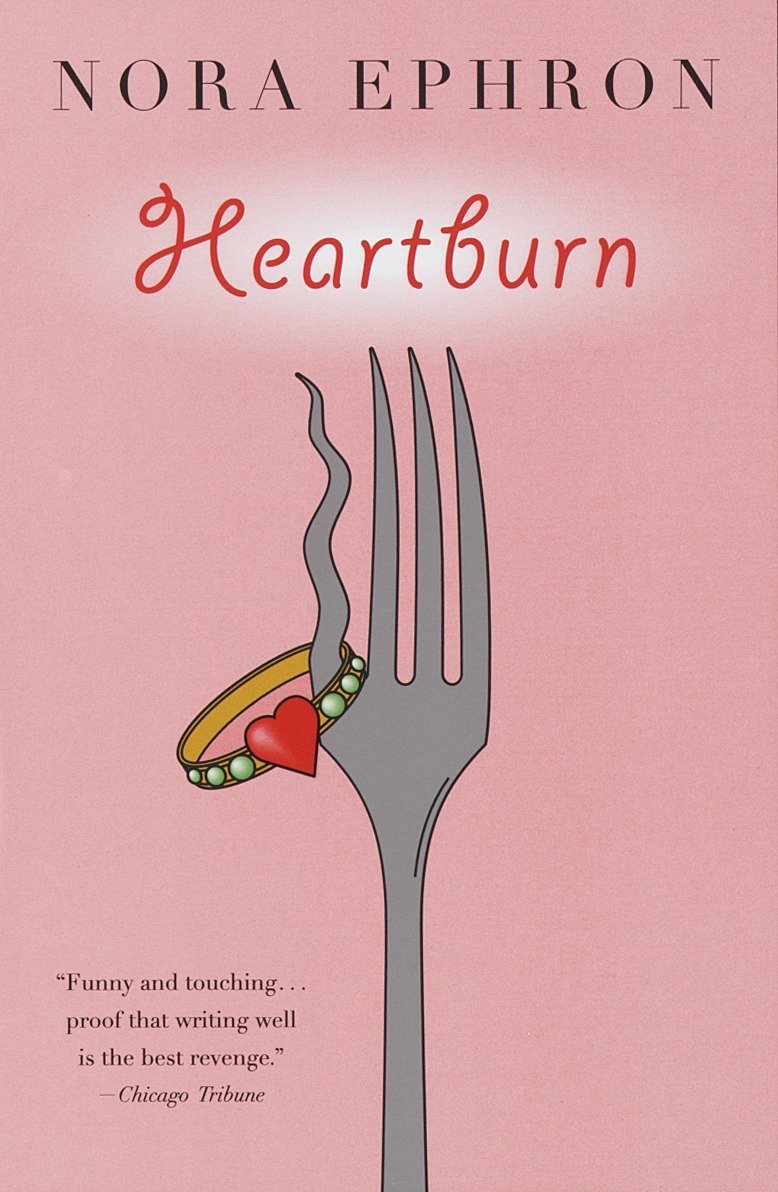6 books Erik Larson keeps returning to
The best-selling author re-reads works by Leo Tolstoy, Nora Ephron, and more

When you make a purchase through links on our site, we may earn a commission
Erik Larson is the best-selling author of The Devil in the White City and In the Garden of Beasts. His latest nonfiction thriller, The Splendid and the Vile, offers a close-up view of Winston Churchill's first year as Great Britain's prime minister.
The Guns of August by Barbara W. Tuchman (1962).
The Week
Escape your echo chamber. Get the facts behind the news, plus analysis from multiple perspectives.

Sign up for The Week's Free Newsletters
From our morning news briefing to a weekly Good News Newsletter, get the best of The Week delivered directly to your inbox.
From our morning news briefing to a weekly Good News Newsletter, get the best of The Week delivered directly to your inbox.

Tuchman was a narrative magician: Every time I read this book, about the start of the First World War, I find myself thinking, surely these people aren't so idiotic as to let this war occur. It also happens to have the most beautifully written first paragraph in the history of nonfiction.
The Maltese Falcon by Dashiell Hammett (1930).

No mere detective story, this is a fine novel populated by characters as charismatic as any you'd hope to find anywhere. What keeps bringing me back, however, is Hammett's lean prose, so deft that you always know what Spade is thinking without ever directly being told.
War and Peace by Leo Tolstoy (1869).
A free daily email with the biggest news stories of the day – and the best features from TheWeek.com

I've read War and Peace three times and will likely read it at least once more. Each reading came at a different phase of my life — first in college; second, as a young adult wondering why I was on this planet; and third, as a new father, suddenly acutely aware of the calamities of life crowding the mists outside my window. Each time, I felt I'd lived another life and was infinitely richer for it.
The Shipping News by Annie Proulx (1993).
The perfect novel: atmospheric to the point where I practically have to take a shower to rinse off the brine cast up by waves crashing against the Newfoundland cliffs as our hero, Quoyle, lumbers his way from despair toward salvation.
Martin Dressler: The Tale of an American Dreamer by Steven Millhauser (1996).

Whenever I'm about to start a book, I turn to the first paragraph of Millhauser's novel for inspiration. He extends a sure hand, inviting the reader to enter the world of his hero, a creature of the late 19th century, when hubris bred great feats, and great tragedies.
Heartburn by Nora Ephron (1983).

Confession: I've always been in love with Nora Ephron, though I never got to meet her. Her vinaigrette recipe, revealed in the book, is on my computer desktop, next to her photograph. My wife knows all this and does not mind. Each time I read Heartburn, I feel as though Ephron and I are having a lunchtime conversation in some dishy New York restaurant, as city cabs bleat on the street outside.
This article was first published in the latest issue of The Week magazine. If you want to read more like it, try the magazine for a month here.
-
 Ultimate pasta alla Norma
Ultimate pasta alla NormaThe Week Recommends White miso and eggplant enrich the flavour of this classic pasta dish
-
 Death in Minneapolis: a shooting dividing the US
Death in Minneapolis: a shooting dividing the USIn the Spotlight Federal response to Renee Good’s shooting suggest priority is ‘vilifying Trump’s perceived enemies rather than informing the public’
-
 5 hilariously chilling cartoons about Trump’s plan to invade Greenland
5 hilariously chilling cartoons about Trump’s plan to invade GreenlandCartoons Artists take on misdirection, the need for Greenland, and more